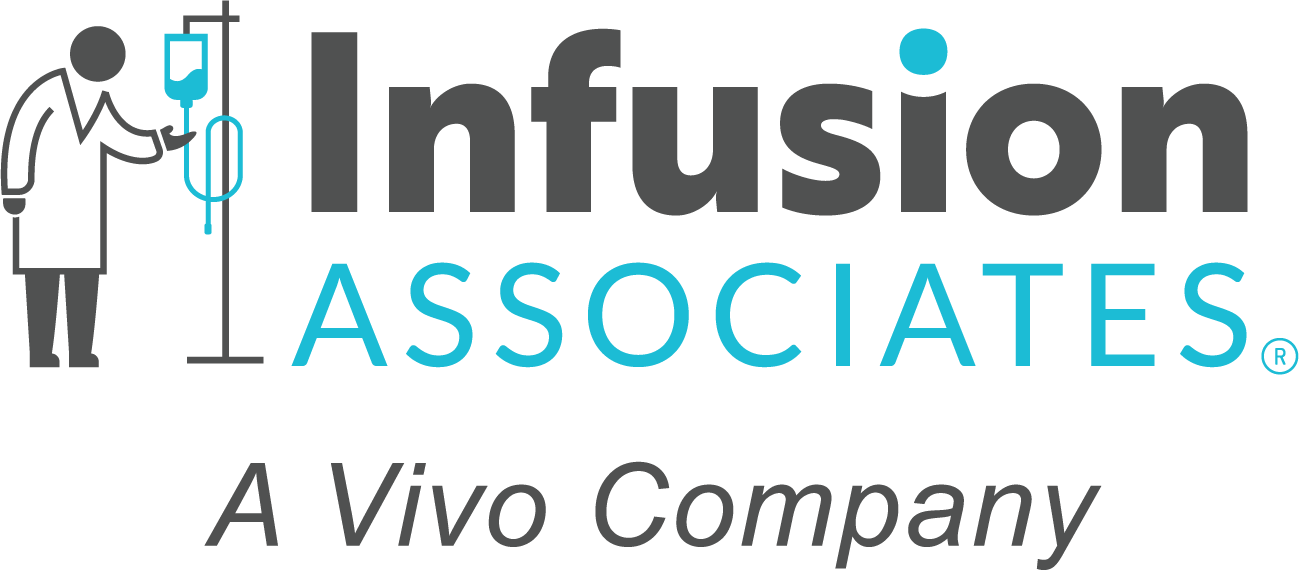There are more than 100 types of arthritis and related conditions. While the most common include osteoarthritis and rheumatoid arthritis, other forms can be just as uncomfortable. Ankylosing spondylitis (AS) causes pain and stiffness within your spine. While there is no cure, there are different ways to treat your condition — including infusion therapy. So, what is infusion therapy, and how does treatment help your AS?
What is ankylosing spondylitis (AS)?
Also known as Bechterew disease, AS begins in the lower back and spreads up the neck. It damages vertebrae along the spine and other joints within your body. In severe cases, AS can cause you to hunch over. It impacts wherever your tendons and ligaments attach to bones — in some cases, your vertebrae may even fuse together.
How does infusion therapy for ankylosing spondylitis work?
Also known as IV therapy, Infusion therapy administers medication to patients who can’t take treatment orally — either because it’s impractical or impossible. An infusion pump stores the medication, and gravity causes it to drip down a catheter attached to a syringe. The syringe is inserted into your vein and secured with medical tape. Infusion therapy is quick to distribute. One infusion treatment lasts anywhere from 25 minutes to one hour — with some patients feeling relief even before the session is over.
What to Expect
While ankylosing spondylitis can be extremely painful, infusion treatments don’t have to be. When your doctor refers you to an infusion facility — such as Infusion Associates — you’ll find amenities that make you feel like you’re at home. From recliner chairs, blankets, and pillows to Wi-Fi and television, your infusion treatment should be as relaxing as possible.
As you prepare for your infusion therapy, a professional and attentive physician will walk you through the risks and side effects of your medication. They’ll ensure you have everything you need to feel comfortable. A trained physician is also there to answer any of your questions and keep you company — if you so desire.
Common Medications for Ankylosing Spondylitis
As is the case with most forms of arthritis, the most common medication prescribed by doctors is a nonsteroidal anti-inflammatory drug (NSAIDs). This is to help relieve inflammation, pain, and stiffness. But, if NSAIDs aren’t effective enough, your doctor may suggest infusion therapy. Common medications for infusion treatments include:
Side Effects of Infusion Therapy for Ankylosing Spondylitis
Side effects of infusion treatments for AS range from minor discomfort to life-threatening, but vary depending on the specific medication. Your infusion physician will discuss the different risks and side effects before administering your treatment. You should always talk to your doctor about your options before scheduling an appointment for infusion therapy. Some of the more serious side effects of AS medications are:
- Heart failure
- Shortness of breath
- Swelling
- Sudden weight gain
- Allergic reactions
- Hepatitis B (HBV) reactivation
- New or worsening nervous system problems
- Blood problems
- Immune reactions
- Liver problems
- Cancer — including lymphoma, skin, and cervical cancer
- Infections
- Stroke within 24 hours
- Lupus-like syndrome
- New or worsening psoriasis
If Your Doctor Has Recommended Infusion Therapy, Let Infusion Associates Help You
At Infusion Associates, we provide medically-prescribed infusion therapy for patients with chronic conditions in a welcoming and friendly environment. Our team of healthcare professionals is fully committed to making the experience as comfortable as possible for you or your patients. We always inform patients of any potential side effects and answer all their questions before starting treatment. In addition, we have a Registered Pharmacist on-site to make the process as seamless as possible.
If you would like to refer a patient to us or want to inquire about the treatments we offer, you can contact us by calling us at (616) 954-0600 or filling out this form.

